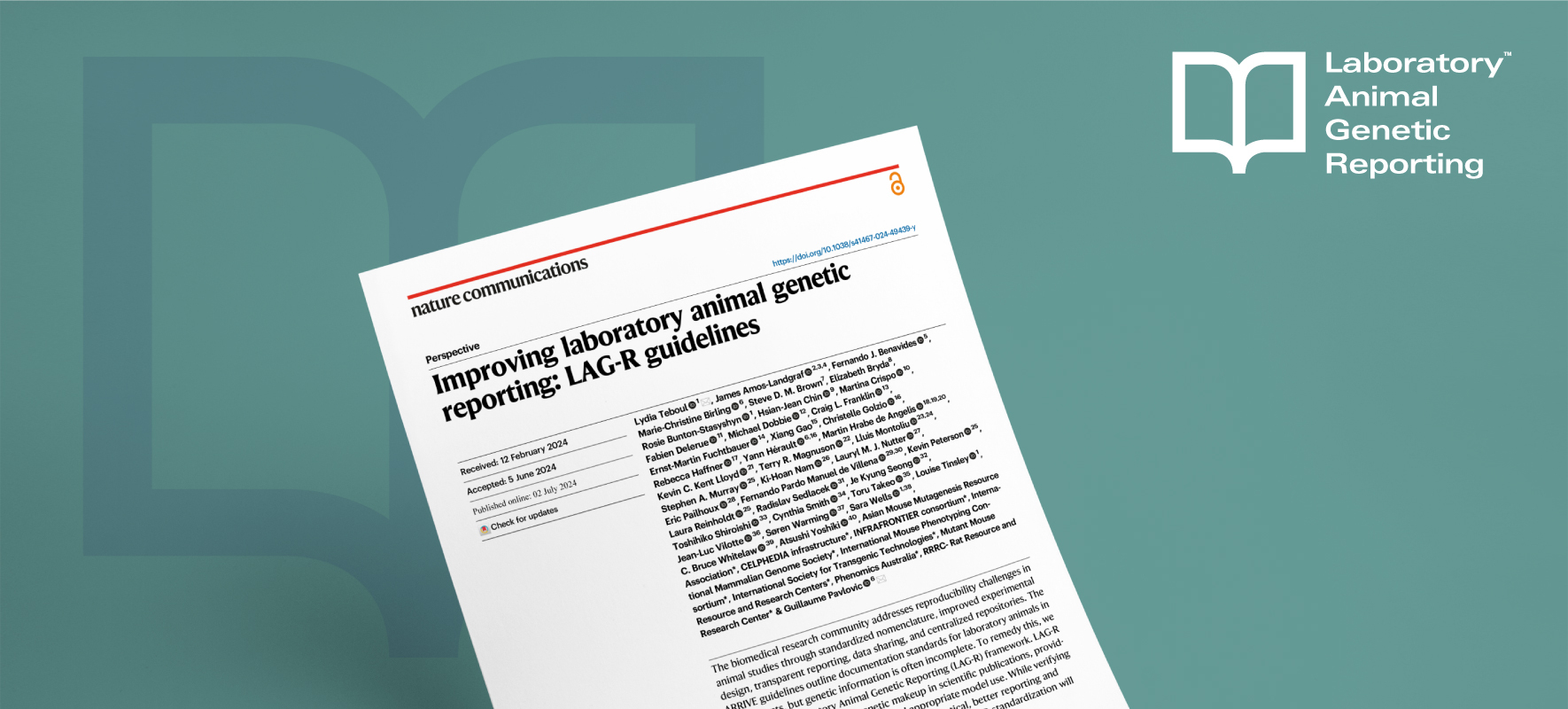We are part of the IMPC, a project to create a comprehensive catalogue of mammalian gene function. Now a Nature editorial explains why it’s so important.
IMPC virtues noted by Nature MRC Harwell is part of the IMPC, a project to create a comprehensive catalogue of mammalian gene function – now a new Nature editorial explains why it’s so important. While we now have the entire mouse genome at our fingertips, the exact function of most genes remains a mystery. Before you can read a book in another language, you must first know what each word means; before you can understand the genome, you must first know what each gene does. And so the International Mouse Phenotyping Consortium (IMPC) was formed, which aims to use knockout mice for every gene to create, in effect, the dictionary that researchers need to truly understand the first mammalian genome. The IMPC has set the highest standards in mouse genetics as it works towards a comprehensive catalogue of the function of all mouse genes A new editorial in Nature, Still much to learn about mice, now defends the role that the IMPC can play in ensuring high quality mouse lines continue to be produced and made available for the scientific community to use in research. The emergence of new techniques means that creating knockout mice will soon no longer require the same skill as it does now, threatening the quality and reproducibility of new mouse models. And a lack of such quality could mean that more of the therapies tested in mice prove unsuccessful in people. This issue was raised when members of the IMPC, including MRC Harwell, met in Munich, Germany earlier this month. They voiced their concerns that new gene-editing techniques using RNA-guided endonuclease (RGEN), such as the CRISPR/Cas system, will result in an explosion of poor science that cannot be reproduced. While current methods require considerable skill in a range of genetic techniques, this technology opens up the possibility that labs entirely new to the field – without the wider expertise necessary to deliver a high quality and standardised mouse mutant – could start editing mouse genomes. It is possible that these labs will use outbred mice, or mice of a mixed or unknown genetic background, introducing unwanted genetic variability into the mutant line created. It then becomes extremely difficult to discern what phenotypes are simply due to the genetic background and which are actually due to the specific genetic alteration. The advantage of the IMPC is that it is systematically targeting every gene, creating a knockout mouse using the same inbred background every time, so that they are all produced exactly the same way. It is this consistency and quality that is the reason why the IMPC is still so important. “The IMPC has set the highest standards in mouse genetics as it works towards a comprehensive catalogue of the function of all mouse genes,” commented Professor Steve Brown, director of the Mammalian Genetics Unit. “We have defined unprecedented standards and quality control mechanisms to generate the IMPC library of mouse mutants. Moreover, we have also defined robust experimental procedures for determining the phenotype of our mutant lines along with rigorous scrutiny and quality assurance of the data produced. All of this ensures that we will generate a very reliable catalogue of gene function with high levels of reproducibility – a critical resource that will underpin biomedical sciences for decades to come.”


